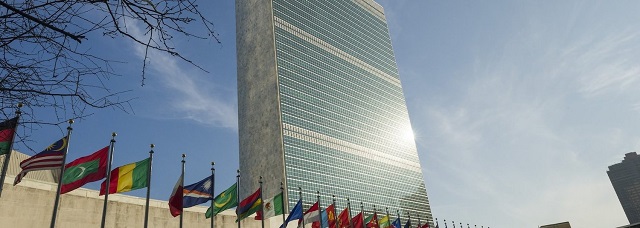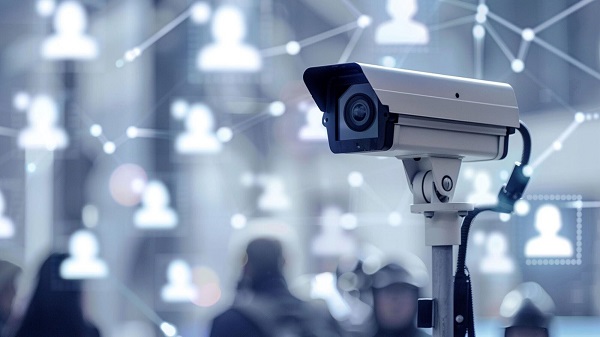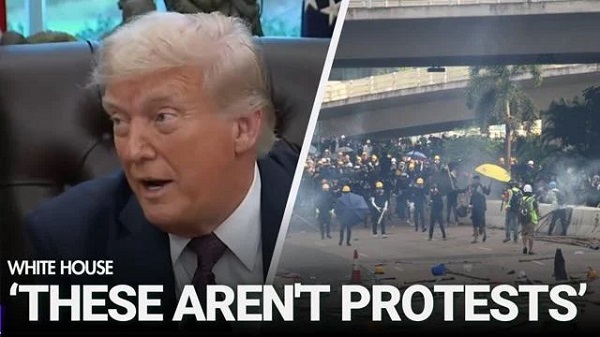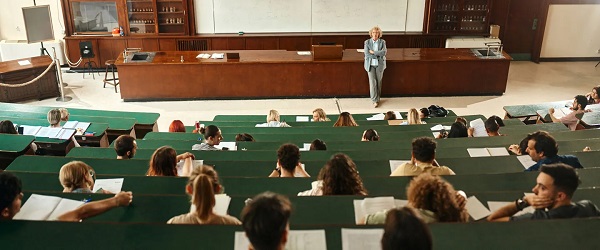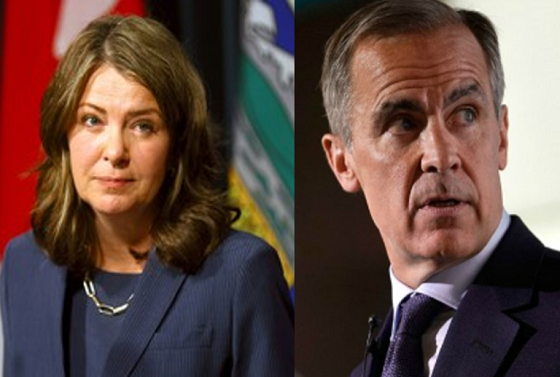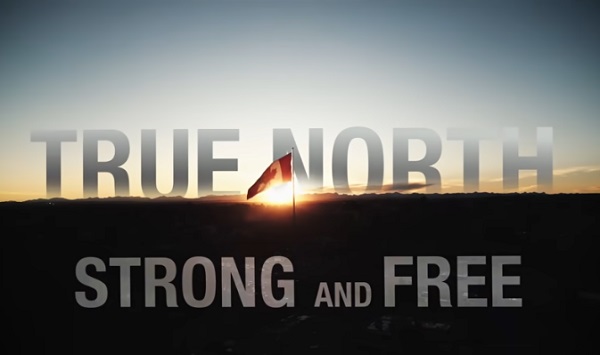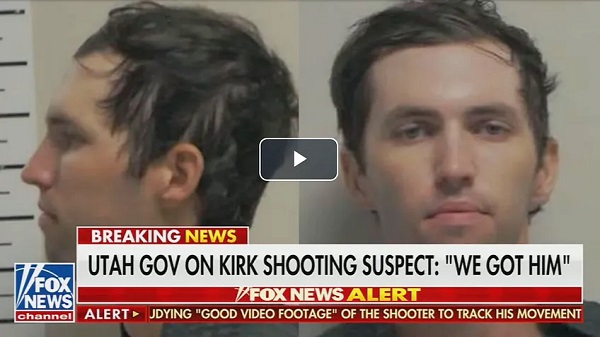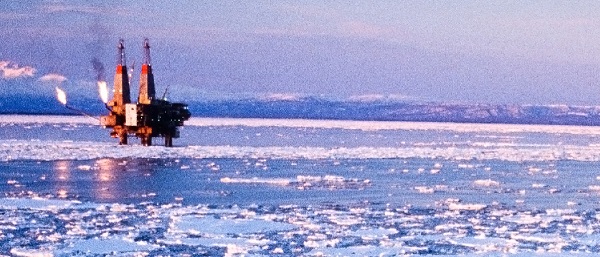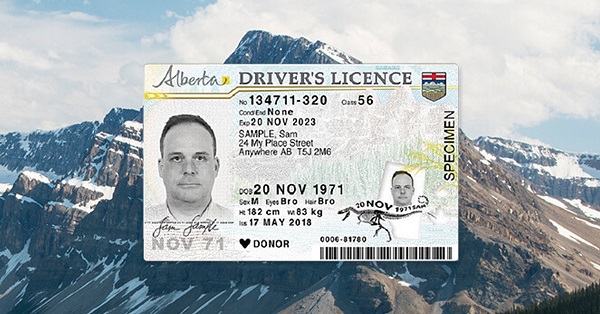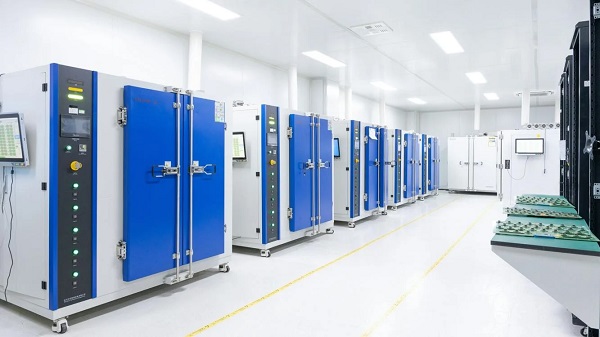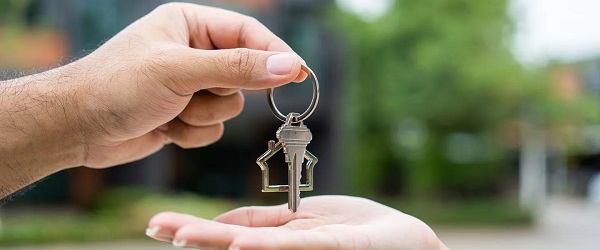David Clinton 
Billions of dollars disappear into the black hole. Not much value comes out the other end
No area touched by government policy should be off-limits for open discussion. It’s our money, after all, and we have the right to wonder how it’s being spent. Nevertheless, there’s no shortage of topics that, well, aren’t appreciated in more polite company. Until quite recently, I somehow assumed that Canada’s commitments to the United Nations and its many humanitarian programs were among those restricted topics. I had my own deep reservations, but I generally kept my thoughts to myself.
Then the Free Press published a debate over US funding for the UN. I know that many subscribers of The Audit also read the Free Press, so this probably isn’t news to most of you. If questioning UN funding was ever off limits, it’s officially open season now.
The Audit is a reader-supported publication. To receive new posts and support my work, consider becoming a free or paid subscriber.
The only defense of the organization to emerge from the debate was that America’s spooks need the surveillance access made possible by the UN headquarter’s New York address, and the city needs the billions of dollars gained from hosting the big party. No one, in other words, could come up with a single friendly word of actual support.
For context, Canada doesn’t bill for parking spots around Turtle Bay in Manhattan. And our spies are not up to the task of bugging hospitality suites anywhere nearby.
How much money do Canadian taxpayers spend on the United Nations? According to data from Canada’s Open Government resource, UN-targeted grants cost us at least $3.7 billion between 2019 and 2022. That number could actually be a lot higher since it’s not always easy to identify spending items as specifically UN-related.
Of that $3.7 billion, more than $265 million went to administrative and headquarters operations. Those administrative grants included $209 million directed to the “United Nations Organization” and officially described as “Canada’s assessed contribution to the United Nations Regular Budget”. Membership dues, in other words.
So what do we get for those dues? Arguably, nothing at all. Because the actual work of the UN happens through their specific programs – which were covered by the other $3.5 billion we contributed.
Unfortunately, those contributions are often misspent. Take as an example the eight million or so dollars Canada sends each year to the United Nations Interim Force in Lebanon (UNIFIL). Since 1978, UNIFIL’s 10,000-strong contingent’s only job has been to:
“confirm Hezbollah demilitarization, support Lebanese army operations against insurgents and weapon smuggling, and confirm Israeli withdrawal from Lebanon, in order to ensure that the government of Lebanon would restore its effective authority in the area”.
It’s no secret how splendidly that worked out. Hezbollah cheerfully spent the best part of the past two decades building some of the most robust military infrastructure on earth. And all under the direct supervision of UNIFIL.
Then there’s the disturbing relationship between United Nations Relief and Works Agency for Palestine Refugees in the Near East (UNRWA) and both Hamas and Hezbollah. As I’ve already written, by their own admission, Global Affairs Canada completely missed (or chose to ignore) that one. UNRWA cost Canadians $55 million between 2019 and 2022.
It’s true that some UN peacekeeping missions from decades back saw success, like operations in Namibia, Mozambique, Sierra Leone, East Timor, and El Salvador. But the failures were, to say the least, noticeable. Those included Rwanda, Bosnia and Herzegovina, Somalia, Angola, Haiti, and Darfur. And all that’s besides the accusations of widespread, systemic sexual abuse committed by peacekeepers just about anywhere they go. The peacekeeping model’s value proposition is far from proven, but the financial costs are right out there in the open.
Besides their regular happens-to-the-best-of-us failures, the UN has carefully cultivated their own unique brand of corruption. In 2005, Paul Volcker’s Independent Inquiry Committee (IIC), for example, reported on widespread corruption and abuse associated with the UN’s Oil-for-Food program for Iraqi citizens.
The United Nations Educational, Scientific and Cultural Organization (UNESCO) has long been associated with corruption, cronyism, and a general lack of financial control. But to be fair, those claims are very much in line with accusations regularly leveled against the UN as a whole.
Most Canadians are agreeable to sharing their collective wealth and expertise with those around the world who are less fortunate. But we’d be far more effective at it by creating our own programs and bypassing the rotting corpse of the United Nations altogether. That is, after all, what Global Affairs Canada is supposed to be doing.
While I’ve still got your attention, there’s one other United Nations-y thing that I’d like to discuss. While researching this post, I accessed official data representing all UN Security Council and General Assembly resolutions since 2000. Fascinating stuff, I assure you. But it didn’t turn out the way I’d expected.
You see, for years I’ve been hearing about how UN resolutions are overwhelmingly focused on condemnations of Israel – to the point where Israel takes up the majority of the organization’s time.
In fact, there were far too many spurious and gratuitously hostile anti-Israel resolutions. And I defer to no one in my contempt for each one’s dishonesty and hypocrisy. But unless there’s something very wrong with the official UN data on resolutions, condemnations of Israel take up no more than a small minority of their time.
Specifically, of the 1,594 General Assembly resolutions from the past quarter century, just 60 or so targeted Israel. And the Security Council faced a total of 1,466 resolutions over that time, of which only somewhere in the neighborhood of 55 concerned everyone’s favorite colonial-settler, apartheid, space laser-firing, and weather-controlling oppressor.
The cesspool that is the modern UN is bad enough on its own merits. There’s no need to manufacture fake accusations.
Related
